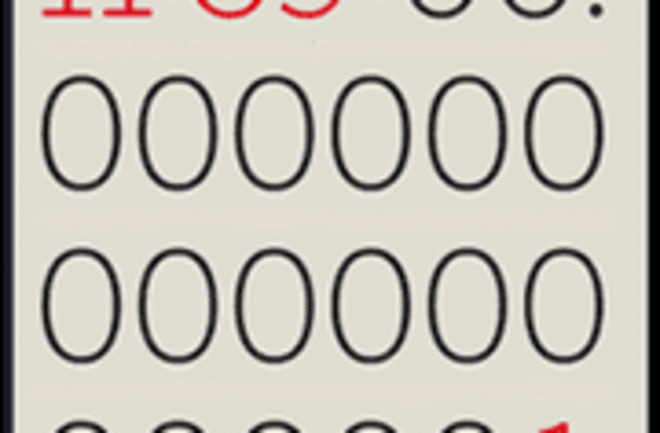Time just got shorter. Granted, it was pretty short already: Four years ago, physicists managed to create a pulse of laser light lasting only five femtoseconds, or five quadrillionths (5 x 10^-15) of a second. In everyday photography, a camera flashbulb can "stop time" at about 1/1,000 of a second—fast enough to freeze the swing of a baseball batter, if not a speeding fastball. Likewise, the femtosecond "flashbulb" enabled scientists to observe phenomena never before seen in freeze-frame: vibrating molecules, the binding of atoms during chemical reactions, and other ultrasmall, ultrafleeting events.
But ultrafast is not good enough. All kinds of important things can happen between one quadrillionth of a second and the next, and if your flashbulb is too slow, you'll miss out. So scientists have been pressing on, punching the clock, hurrying to create even tinier windows of time through which to study the physical world. Recently, an international team of physicists finally succeeded in breaking the so-called femtosecond barrier. With a complex, high-energy laser, they generated a pulse of light little more than half a femtosecond long—650 attoseconds, to be precise. The attosecond (10^-18 second) has long existed as a theoretical entity, but this is the first time anyone has actually seen it. It's a newfound slice of time—a tiny one but with gargantuan potential.
"This is the real timescale of matter," says Paul Corkum, a physicist with the Steacie Institute for Molecular Sciences in Ottawa and one of the principal investigators in the study. "We're gaining the ability to look at the microworld of atoms and molecules on its own terms."
Although the fact is rarely appreciated, humans function in—and rely upon—several different timescales simultaneously. The average human heart beats once per second. Lightning strikes in a hundredth of a second. A home computer executes a single software instruction in nanoseconds, or billionths of a second. Circuits have switching times in picoseconds, or trillionths of a second. The shorter time gets, the harder it is to keep up with.

